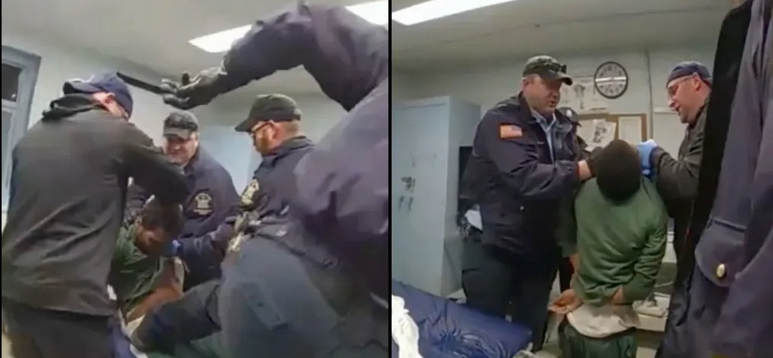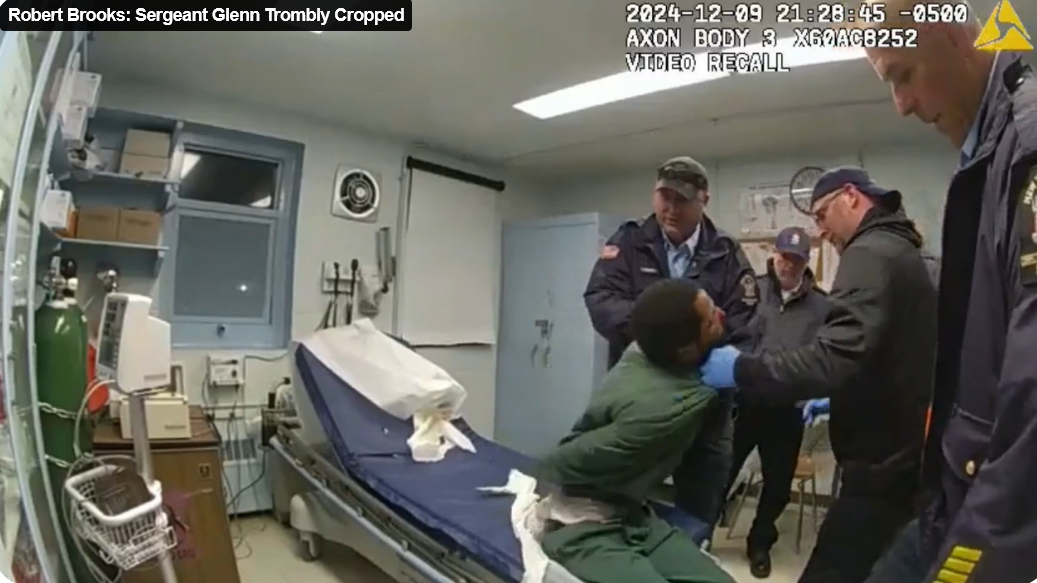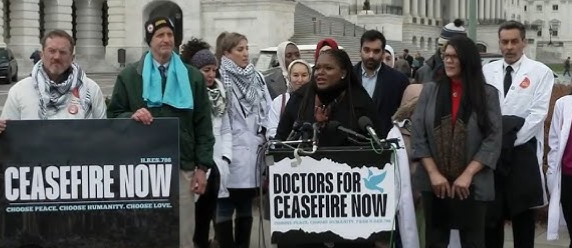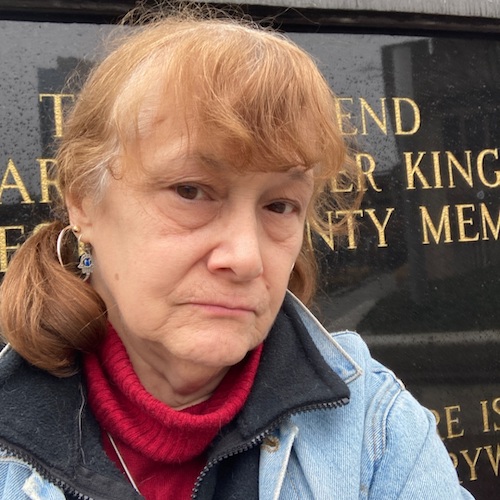Photos: YouTube
Pittsburgh is facing an escalating crisis in housing affordability. In response, the City passed an inclusionary zoning ordinance this spring, requiring new large developments to set aside units that are affordable to working class residents in neighborhoods where housing costs are increasing rapidly. The Builders Association of Metropolitan Pittsburgh, a special interest group that has fought a number of fair and affordable housing policies, is seeking to block this law in federal court in a lawsuit filed May 12, 2022.
Today, the people of Pittsburgh are fighting back. Organizations representing neighborhoods where housing costs are soaring filed a motion to intervene in the case and defend inclusionary zoning, affordable housing, and diverse communities.
Read the brief in support of the motion to intervene here.
Read the brief in support of the proposed motion to dismiss here.
The organizations seeking to intervene in the case—Lawrenceville United, the Bloomfield Development Corporation, the Polish Hill Civic Association, the Hill District Consensus Group, and the Fair Housing Partnership—are represented by the Lawyers Committee for Civil Rights Under Law, Community Justice Project, and the Public Interest Law Center.
Lawrenceville United, a non-profit community organization representing residents in one of Pittsburgh’s most gentrifying neighborhoods, led a grassroots campaign beginning in 2018 to adopt inclusionary zoning after multiple studies of Pittsburgh’s housing needs identified it as a proven policy to help create mixed-income communities. Over 700 municipalities have established inclusionary housing programs, according to a report by Grounded Solutions in 2021.
“This ordinance came from a grassroots effort of residents coming together to shape the future of our community,” said Dave Breingan, Executive Director of Lawrenceville United. “Inclusionary zoning is a tried and true tool to help us maintain a diverse, mixed-income community, and this ordinance is an example of democracy in action. We are proud to join the City of Pittsburgh in defending this legislation from special interest groups that have repeatedly shown their hostility to the self-determination of our communities and the needs of working class families.”
“The Hill District Consensus Group is dedicated to dismantling racial inequities, repairing harms, and restructuring systems to ensure equitable housing and life outcomes for those that have been systematically oppressed by the ‘status quo’” said Carol Hardeman, Executive Director of the Hill District Consensus Group. “We are also committed to supporting like-minded organizations that are at the forefront of advancing affordable housing standards for all people.”
The organizations who filed Tuesday’s motion to intervene in the lawsuit work to promote affordable housing and inclusive neighborhoods. They include representatives of the communities who will benefit from the inclusionary zoning ordinance, and organizations who advocated for the passage of the law. The ordinance currently covers Lawrenceville, Bloomfield, and Polish Hill, and requires that any new construction of 20 units or more set aside at least 10% of units to be rented or sold at below-market prices for 35 years. The federal case challenging the ordinance claims that it violates the federal constitution and the Pennsylvania constitution and could impact similar efforts to promote affordable housing and economically and racially diverse neighborhoods through inclusionary zoning nationwide.
“Our clients are standing up for a future where their communities can be home to all, not just the fortunate few who can keep up with skyrocketing housing costs.”
Studies of inclusionary housing policies have shown that they don’t stop housing production, and multiple new housing projects have successfully moved forward since the ordinance was established in Pittsburgh.
“We cannot stand idle while racial and economic segregation accelerate,” said Mary Beth Schluckebier, Staff Attorney at the Public Interest Law Center. “Our clients are standing up for a future where their communities can be home to all, not just the fortunate few who can keep up with skyrocketing housing costs.”
In Pittsburgh, 40% of residents are cost-burdened, spending more than 30% of their income on housing—and one in four are paying more than half their income on a place to live, according to Regional Housing Legal Services. The City has an estimated shortage of 8,200 housing units affordable to households with incomes at or below 30% of AMI.
“Over the past two decades, Pittsburgh has lost thousands of units of affordable housing, particularly in developing neighborhoods. Market-driven housing development has pushed rents higher throughout the City, and lower-income Pittsburghers are finding it harder and harder to remain in their neighborhoods. The City’s Inclusionary Zoning Ordinance is an important tool to combat these trends, and the City has clear legal authority to enact and implement the Ordinance,” said Kevin Quisenberry, Litigation Director at the Community Justice Project.
In the past decade, this crisis and its effects have accelerated. Between 2010 and 2019, a University of Pittsburgh study of Census data found that the city lost 10,660 Black residents, a 13.4% decline. In Polish Hill, the median home price tripled from $70,000 to more than $210,000 between 2015 and 2018. Lawrenceville’s ZIP code saw the second fastest increase in housing prices in the entire United States between 2010 and 2019, according to a report from Business Times as noted by the Pittsburgh Independent.
“It is becoming increasingly difficult for working class families to afford a home in communities across the country,” said Thomas Silverstein, Associate Director of the Fair Housing and Community Development Project at the Lawyers’ Committee for Civil Rights Under Law. “We’re proud to stand with the people of Pittsburgh to protect affordable housing in their neighborhoods, and are confident that the Court will recognize the Builders Association’s shameful attempt to drive low-income communities, and communities of color in particular, from the city as such.”






